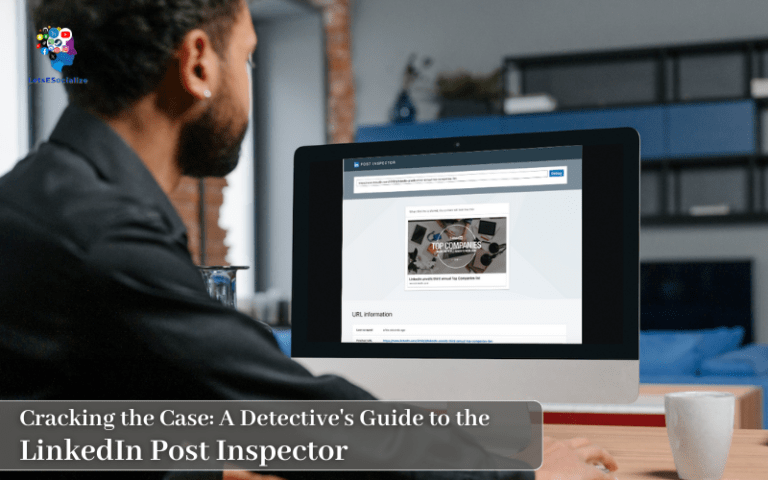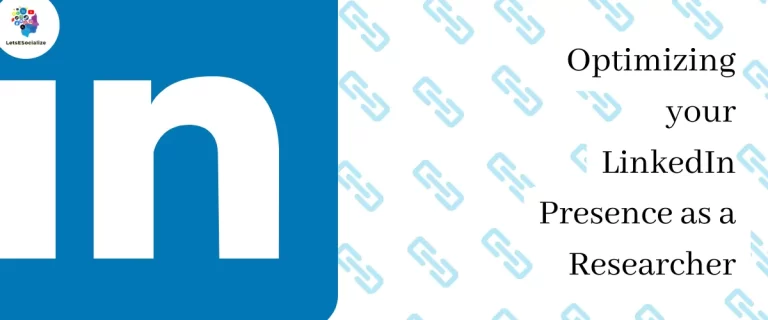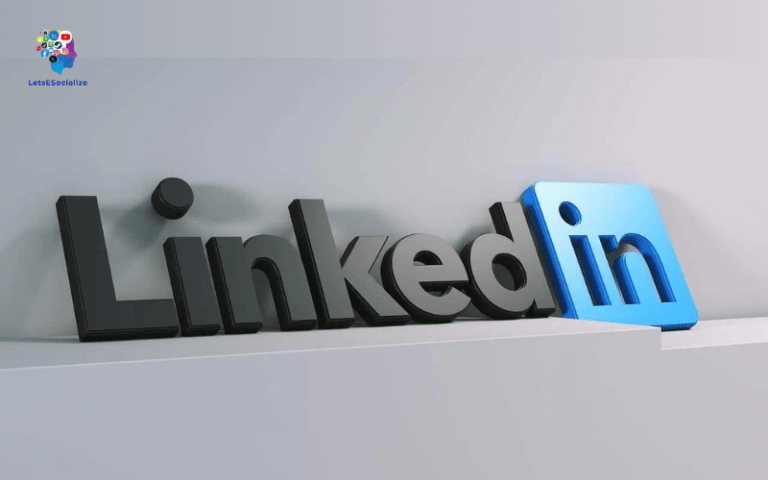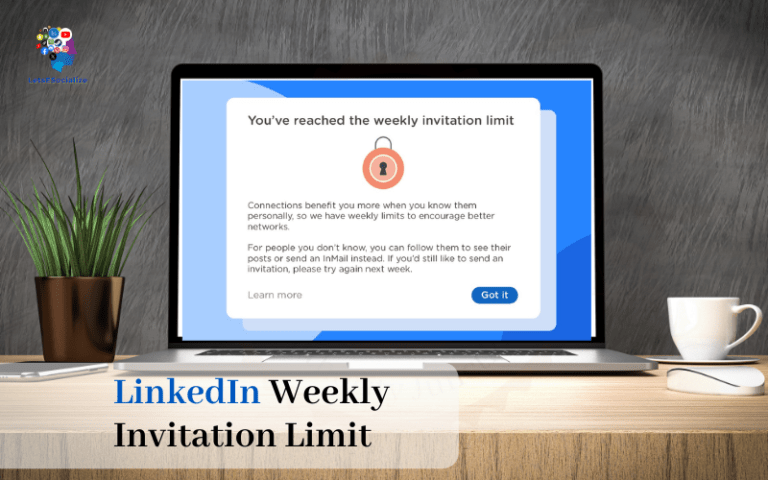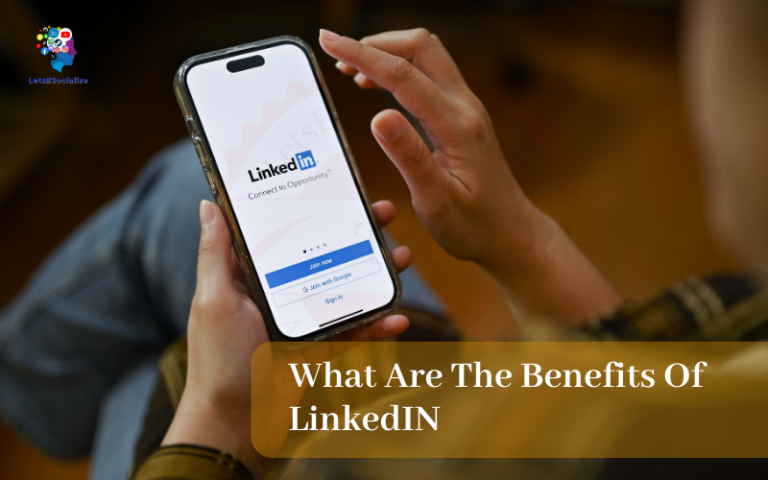LinkedIn has become significantly more expensive to use over the past few years. Prices for job listings, recruiter subscriptions, advertising campaigns, and premium subscriptions have all gone up, in some cases quite drastically.
However, the value that LinkedIn provides to users has not necessarily risen commensurately. This begs the question – why exactly has LinkedIn become so expensive? In this detailed blog post, we’ll explore the key factors behind LinkedIn’s price inflation.
Table of Contents
Rising Demand and Engagement
One of the core reasons why LinkedIn has been able to sustain steady price increases is the surging demand and engagement it has witnessed over time. Consider the following growth statistics:
- Over 86% of recruiters now use LinkedIn to source candidates, up from 78% in 2016
- LinkedIn membership has skyrocketed from 200 million in 2015 to over 910 million members as of Q1 2023
- The average number of page views per member is up 63% since 2015
As more professionals flock to LinkedIn for networking, job seeking, recruiting, and staying updated with industry news, engagement and time spent have surged substantially. This shows there is a massive demand for the connections, opportunities, and information LinkedIn provides.
With such high demand and market dominance, LinkedIn has pricing power — the ability to charge higher prices without driving users away en masse. LinkedIn likely sees rising prices as a way to tap into some of this demand and increase monetization. As long as engagement stays strong despite price hikes, LinkedIn has less incentive to keep costs low.
Also read: How Much Is LinkedIn Premium in 2024: Pricing & Plans Explained
Expanding Platform Capabilities
Another factor enabling LinkedIn’s pricing rise is an expansion of the platform itself. Since the early 2000s, LinkedIn has evolved from a simple resume network into a full-fledged ecosystem for professional engagement. Key expansions include:
Additional Profile Features: Photo tagging, multimedia posts, news analytics
Messaging and Notifications: Direct messaging, alerts and notifications
Publishing and Media: Sponsored content, newsletters, podcast channel
Education and Skills: Certifications, skill assessments, online courses
Marketing and Advertising: Sophisticated targeting, Creative Center, Lead Gen Forms
By augmenting its offering, LinkedIn provides immense additional value beyond networking. This supports pricing increases — as the platform becomes more feature-rich and multifunctional, LinkedIn can command higher prices aligned to that rising utility.
Additionally, major investments into content, analytics, security, and design likely feed into pricing calculations. As overhead and operating costs rise, passing price increases to subscribers follows logically.
Greed and Profit Focus at Microsoft
The most straightforward reason is that LinkedIn is now owned by Microsoft, which has a reputation for aggressively monetizing its acquired properties.
Since Microsoft purchased LinkedIn for $26 billion in 2016, it has focused intensely on maximizing profits, often at the expense of users. Some key signs of this include:
- Pushing towards bundled Office 365 + LinkedIn packages
- Adding various types of ads across LinkedIn
- Reducing free features and putting them behind paywalls
- Repeated price hikes for existing paid products
- Aggressively marketing paid subscriptions
Microsoft has been quite transparent that they aim to continue increasing the monetization of LinkedIn, predicting up to $10 billion in yearly revenue from the platform. This intense focus on profits is a driving factor behind rising costs.
Also read: How Much is LinkedIn Learning? An In-Depth Guide
The most expensive LinkedIn package cost (November 2023)
| Package | Cost |
|---|---|
| Recruiter Lite | $119.95 per month |
| Job Seeker | $29.99 per month |
| Sales Navigator Team | $249.95 per user per month |
| Learning Subscription | $29.99 per month |
LinkedIn’s Market Dominance
With over 800 million members, LinkedIn is by far the dominant professional social network. Its size and reach give LinkedIn tremendous power to set prices for things like job ads and recruiter tools.
Quite simply, recruiters and employers feel they “have” to be on LinkedIn because that’s where qualified candidates can be found. With over 75% market share in online recruiting, LinkedIn has enormous pricing power versus other smaller job boards or niche networks.
As the clear market leader, LinkedIn can charge higher and higher prices without too much backlash, as most recruiters and employers feel like they don’t have any alternative. The lack of competition grants LinkedIn free rein to inflate prices.
Also read: How Much is LinkedIn Sales Navigator? A Detailed Guide on Pricing and Benefits
LinkedIn’s share of global recruiting market (November 2023)
| Year | % Market Share |
|---|---|
| 2018 | 63% |
| 2021 | 75% |
| 2023 | 78% (projected) |
Expensive Advanced Tools and Features
LinkedIn has been expanding the features and tools it offers to recruiters, job seekers, advertisers, and sales professionals. However, most of these advanced capabilities come at a premium price.
For example, LinkedIn introduced an AI-powered sales tool called Sales Navigator in 2014. It provides sellers and sales teams with detailed company/contact research, recommendations, notifications, and messaging capabilities.
However, unlocking the full features of Sales Navigator requires the $249.95 per month “Team” subscription. Many of LinkedIn’s newest tools aimed at recruiters, salespeople, and marketers launch with premium price tags despite questionable extra value.
The development costs behind new tools and capabilities surely drive up LinkedIn’s expenses. But the high prices charged for them accounts for much of the platform’s ballooning costs as well.
Expensive advanced tools offered by LinkedIn
| Tool | Cost | Key Features |
|---|---|---|
| Recruiter Lite | $119.95/month | Candidate search/contact, InMail credits |
| Sales Navigator Team | $249.95/user/month | Advanced lead research, Team collaboration |
| LinkedIn Learning | $29.99/month | 13,000+ expert courses, Offline viewing |
| Ad Analyzer | $99.95/month | Real-time campaign insights, Benchmarking |
Rising Talent Marketplace Competition
An irony regarding LinkedIn’s price hikes is that they come alongside intensifying competition in the broader online talent marketplace. Sites like Indeed, ZipRecruiter, and even Facebook have been chipping away at LinkedIn’s dominance in online job search.
Job seekers now have more options beyond LinkedIn to look for openings and connect with prospective employers. Yet LinkedIn seems emboldened to raise prices rapidly despite share losses.
Part of this confidence likely comes from their market leadership and huge user base. But it also suggests that LinkedIn sees rising competition and aims to maximize revenue extraction before alternates potentially displace them.
Also read: Does LinkedIn Premium include learning?
Either way, users wind up paying more even as LinkedIn faces greater competition in areas like job listing and applicant tracking. The talent marketplace is more crowded but LinkedIn isn’t shy about charging higher fees.
LinkedIn’s key competitors in the online talent marketplace
| Competitor | Key Offerings |
|---|---|
| Indeed | Job/resume posting, Company pages, Applicant tracking |
| ZipRecruiter | AI-powered job matching, Posting integration, Screening tools |
| Facebook Jobs | Job listings, Applications, Targeted ads |
Premium Subscriptions Losing Value
While prices for LinkedIn’s talent solutions and advertising have jumped substantially, the value provided by premium subscriptions has arguably declined.
Job seekers, marketers, recruiters, and sales professionals have lamented how Premium membership ($29.99/month) provides little incremental benefit beyond the free platform usage. Key premium features like profile badges, InMail credits, and advanced profile analytics are now seen as “nice-to-have” rather than “must-have”.
But more importantly, nearly all of LinkedIn’s core networking functionality – profiles, posts, groups, messaging – remain freely accessible. So as prices for Premium climb, its value-to-price ratio declines.
Many longtime Premium subscribers have let their memberships lapse because they no longer find it adds enough value. Yet, LinkedIn continues raising Premium prices despite eroding perceived value.
Declining value of LinkedIn’s Premium subscription
| Year | Price | Key Features |
|---|---|---|
| 2016 | $19.99/month | Profile badges, InMail credits |
| 2019 | $29.99/month | Articles, Lead recommendations |
| 2023 | $34.99/month | Resume builder, Interview preparation |
Premium Price Hikes and Limited Alternatives
Many LinkedIn users feel trapped by price increases because professional networking alternatives remain scarce. Sites like Facebook, Twitter, Medium, and Quora have overlapping functions but none replicate LinkedIn’s career focus.
New entrants like Clubhouse and Substack offer intriguing professional networking models but lack LinkedIn’s massive scale and talent marketplace liquidity. And niche sites like Doximity and Fishbowl are too industry-specific.
So despite escalating fees for subscriptions, job listings, and tools, LinkedIn retains a market stranglehold. For recruiters, marketers, salespeople, and job seekers focused on career advancement, few viable substitutes exist currently.
This dynamic allows LinkedIn to push more aggressive monetization and price hikes due to constrained user choice. Unless serious competitors emerge, LinkedIn has the latitude to boost costs irrespective of value delivery.
LinkedIn alternatives for professional networking
| Site | Key Strengths | Main Weaknesses |
|---|---|---|
| Broad reach, Company pages | Not career-focused, Poor UX | |
| Clubhouse | Fresh audio model, Community ethos | Limited tools/jobs, Small user base |
| Conversation, Speed | Messaging limits, Noise | |
| Fishbowl | Industry subgroups, Anonymous posts | Niche sectors only |
FAQs
Here are answers to some frequently asked questions about why LinkedIn has become more expensive:


